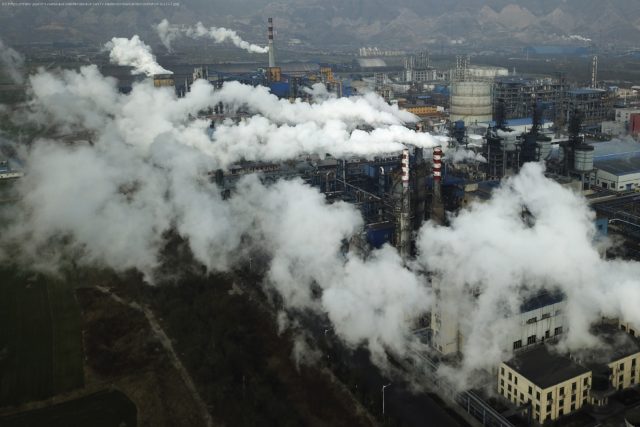The U.S. is softening it resistance to paying developing countries for loss and damages suffered from climate change, and it’s pointing the finger at China’s massive emissions as well.The U.S. is softening it resistance to paying developing countries for loss and damages suffered from climate change, and it’s pointing the finger at China’s massive emissions as well.
The U.S. is suddenly open to making rich nations pay reparations to countries suffering the ravages of climate change — but only if China ponies up, too.
The about-face comes after years of Washington serving as the bulwark of wealthy countries’ resistance to making such payments, and would set up China as the new climate bogeyman. It would also challenge Beijing’s assertion that China should still be seen as a developing nation.
Paying developing nations that suffer from climate-driven disasters and rising temperatures is one of the most contentious issues in global climate negotiations, which resume this weekend at a major conference in Sharm El-Sheikh, Egypt.
China should contribute its own funds to the cause, U.S. Special Envoy John Kerry told reporters late last month, “especially if they think they’re going to continue to go on to the next 30 years with increasing their emissions.”
John Kerry, special presidential envoy for climate, speaks during a briefing at the State Department on Nov. 2, 2022.
|
Susan Walsh/AP Photo
The issue, referred to as “loss and damage” in the parlance of the global talks, calls for the U.S. and Europe’s industrialized nations to send funding to less-developed countries that have suffered from floods, heatwaves, droughts, rising seas and other disasters worsened by the changing climate. Those nations have contributed little to the crisis — in contrast to the United States, which during the past two centuries has pumped more greenhouse gases into the atmosphere than any other country.
The U.S. is now the world’s second-largest current climate polluter. China ranks as No. 1, with carbon emissions more than double those of the U.S.
After years of obstruction on the issue, a successful U.S. rehabilitation of its reputation on the issue won’t be easy. Carbon dioxide builds up in the atmosphere for centuries, meaning historical emissions accurately reflect the blame for extreme weather events today. According to data from 2019, the U.S., EU and U.K. are together responsible for more than half of the excess CO2 in the atmosphere. China’s contribution was 12.7 percent and growing. U.S. and European greenhouse gas emissions are trending lower, while China has pledged only that its emissions will cease rising by the end of the decade.
Vulnerable countries and the Egyptian hosts of the 13-day U.N. climate conference have made access to climate compensation a central theme of the two-week gathering.
Sharm El-Sheikh, Egypt, will host the COP27 U.N. Climate Summit starting on Nov. 6, and is scheduled to end on Nov. 18.
|
Peter Dejong/AP Photo
Many of the countries most deeply affected by climate change worry that dragging China into the so-called loss and damage discussion is a distraction, allowing the U.S. and Europe to sow division among developing countries. They fear it would also deflect from a discussion that many nations deeply affected by climate change view as a matter of their very survival.
“I do think it’s a smokescreen,” said Michai Robertson, a negotiator from Antigua and Barbuda who is on a team representing an alliance of 39 small island nations.






